 |
 |
 |
| |
Screening in the Emergency Department Identifies a Large Cohort of Unrecognized Chronic HCV Infection Among Baby Boomers
|
| |
| |
"The ED may be an important venue for HCV screening of the "baby boomer" birth cohort....... ED identified a high prevalence of previously unaware antibody positive "baby boomers" (12%)....... uninsured / underinsured individuals had disproportionately high prevalence rates......from NHANES: Uninsured HCV+ individuals were more likely to use a hospital emergency room and less likely to use any other type of health care (9.23 +/- 3.51 versus 2.61 +/- 1.42; p < 0.0580) ....... Emergency Departments (ED) in the U.S. have been identified as a key health care venue for reaching populations disproportionately affected by HIV who have poor access to health care: Racial and ethnic minorities, Uninsured, Dependent on Medicaid"
Reported by Jules Levin
AASLD 2013 Nov 1-4 Wash DC
James W Galbraith, MD1; Ricardo Franco, MD2;
Joel Rodgers, MPH1; John P Donnelly, MSPH1;
Jordan Morgan, MPH1; Edgar Turner Overton, MD2;
Michael Saag, MD2; Henry E. Wang , MD, MS1
1Department of Emergency Medicine
2 Department of Medicine, Division of Infectious Diseases
PROGRAM ABSTRACT:
Purpose: The Centers for Disease Control and Prevention and the United States Preventive Services Task Force have highlighted public screening as an essential strategy for increasing Hepatitis C infection detection in those born between 1945 and 1965 ("baby boomers"). While often viewed as a high risk population for the condition, no prior efforts have screened Emergency Department (ED) patients for HCV. We describe early experience with integrated opt-out HCV screening of "baby boomers" presenting to an urban academic ED.
Methods: Through funding from the Centers for Disease Control Foundation, the University of Alabama at Birmingham (UAB) ED recently implemented an opt-out HCV screening model for all clinically stable "baby boomers." Using electronic medical record support, ED triage nurses identified all patients born 1945-65 and administered a brief pre-screening questionnaire. Patients indicated prior HCV testing and results, as well as the desire to opt out of screening. All eligible patients received HCV screening using an antibody assay (Abbott ARCHITECT i1000). We confirmed positive test results using PCR and performed HCV testing 24 hours per day. The primary outcome was the prevalence of unrecognized HCV infection. We also determined characteristics of individuals screened and those with positive reactivity.
Results: During the initial 15 days of the testing program, 874 "baby boomers" presented to the ED. Of these patients, 309 were excluded due to medical instability, opt-out, or known HCV infection. We performed HCV screening on the remaining 565 ED patients, of which 68 (12.0%; 95% CI 9.3-14.7) were reactive. HCV viremia was confirmed by PCR in 40 out of 56 positives (71.4%). PCR results were unavailable for 12 positives. Male patients were more likely to exhibit HCV reactivity (15.9% vs. 8.6%, p=0.008). Compared with whites, African Americans showed similar HCV reactivity (13.8% vs. 10.2%, p=0.196). Compared with insured patients, underinsured (public insurance and Medicaid recipients) and uninsured patients were more likely to exhibit HCV reactivity (16.7% vs. 5.3%, p=0.001).
Conclusions: In this preliminary effort, we identified a high prevalence of chronic HCV infection among previously unaware "baby boomers," with approximately 1 of every 8 screened ED patients exhibiting positive reactivity. These pilot results highlight the ED as an important venue for HCV screening.
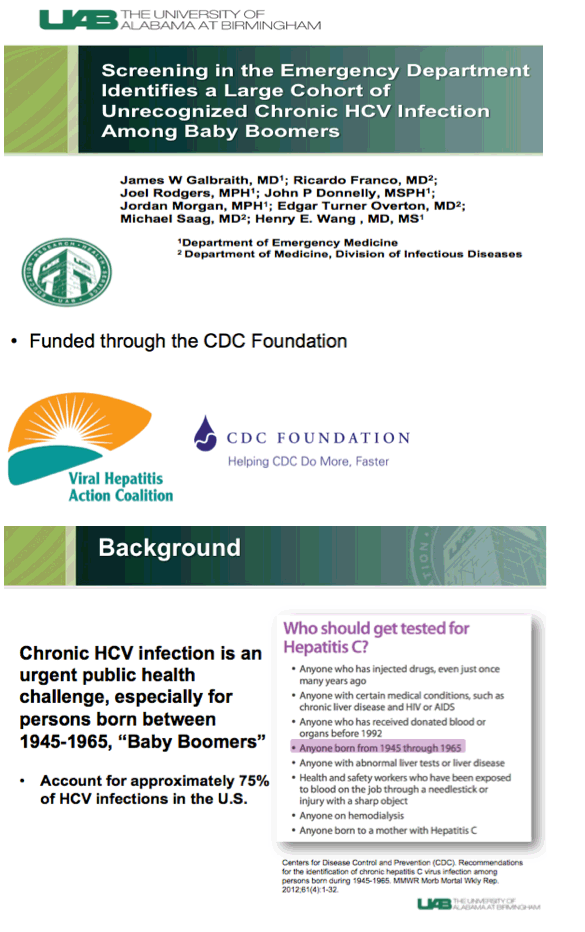
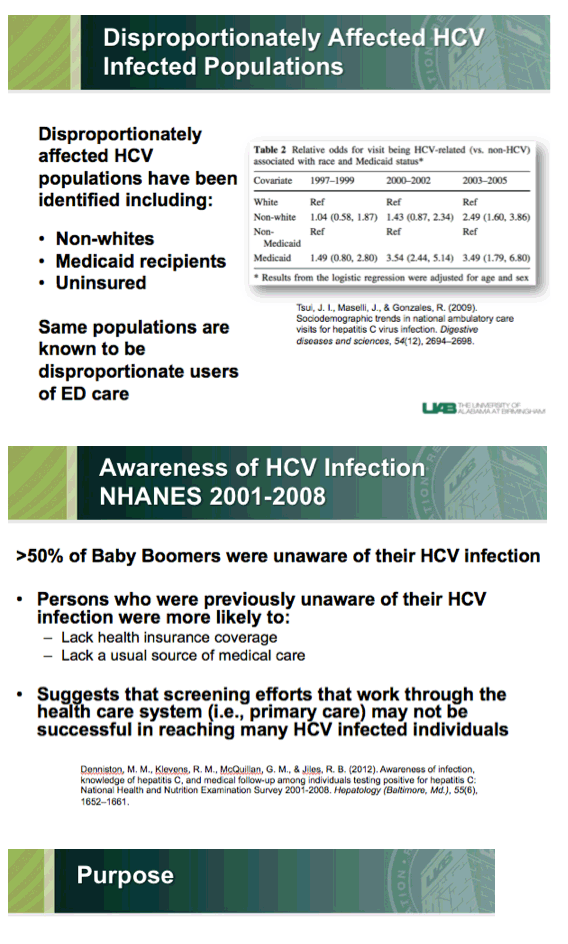

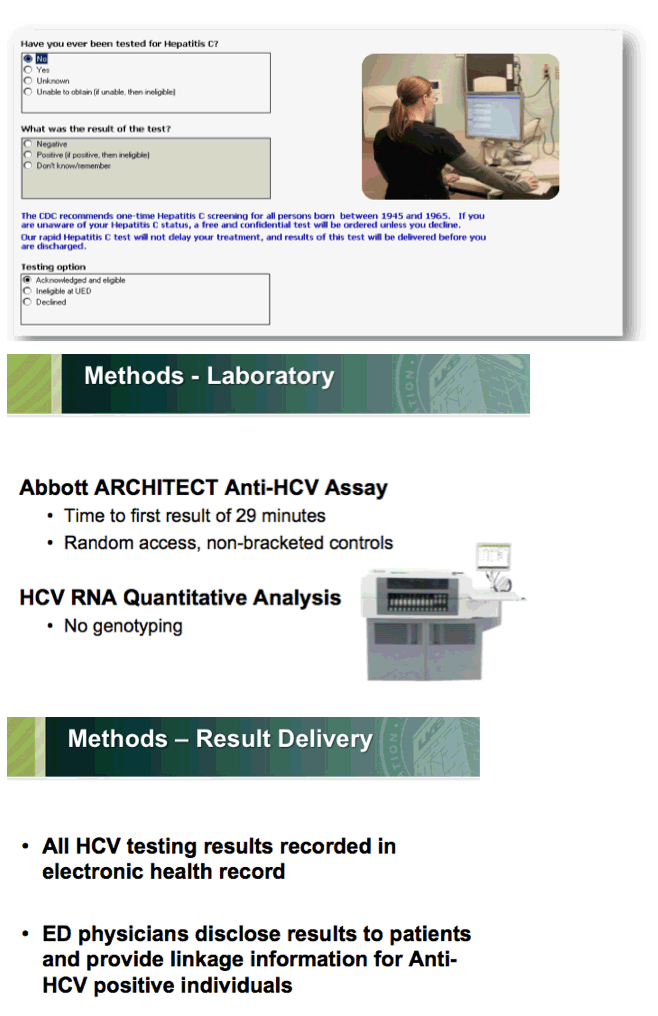
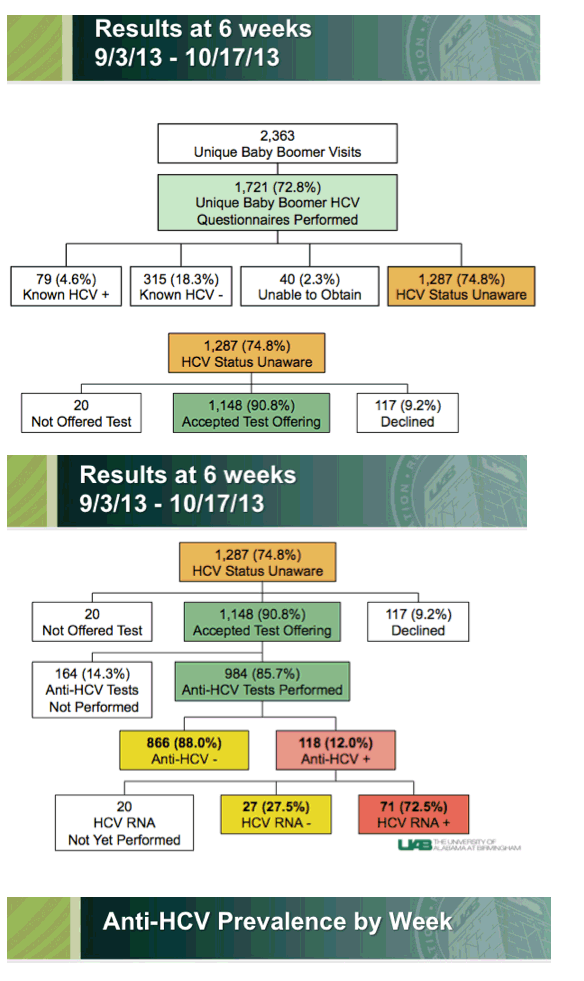
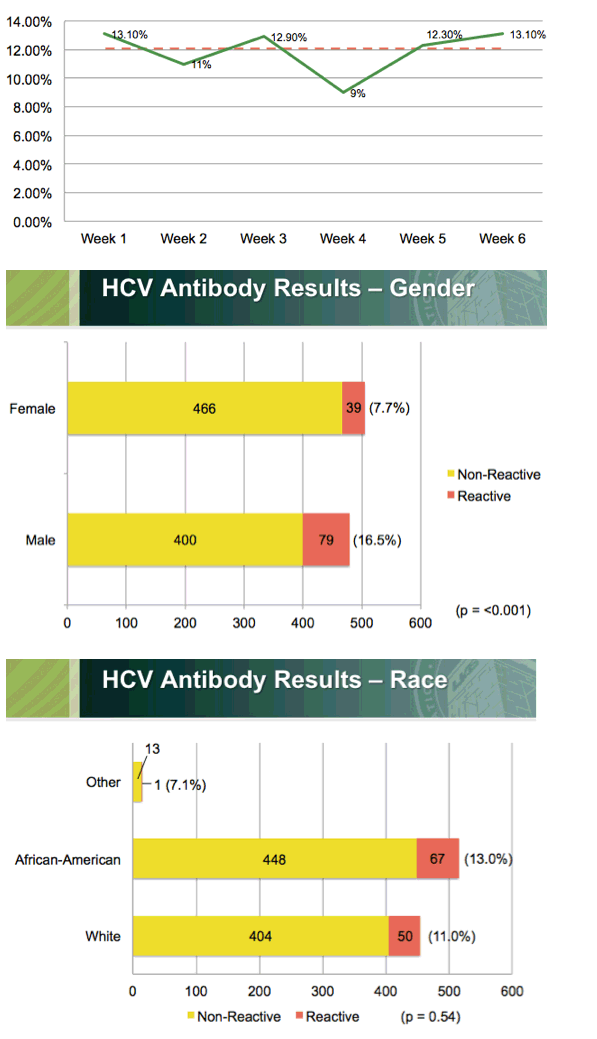
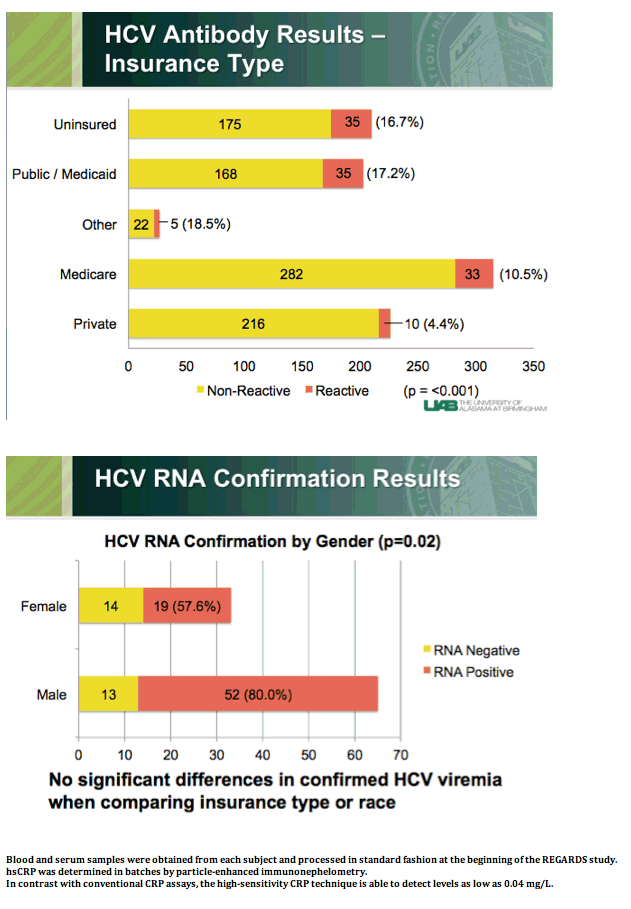
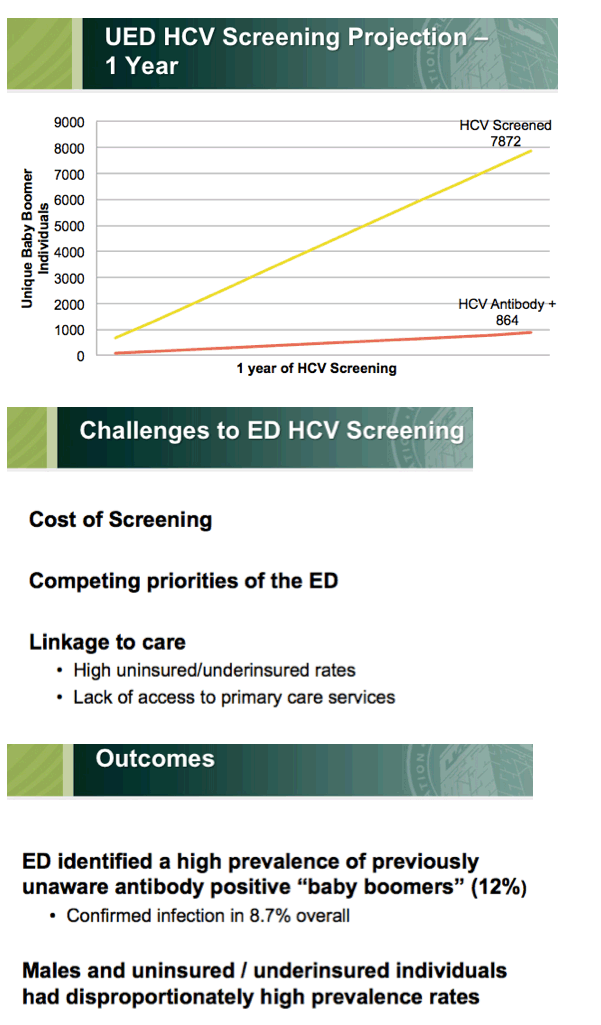
hsCRP is commonly used to identify individuals with heightened cardiovascular risk and to guide cardiovascular risk reduction and prevention.8,9
In this study, we observed that elevated baseline hsCRP predicted individuals prone to developing sepsis.
We emphasize that the assessment of hsCRP at a stable phase of health in this study differs markedly from the use of CRP in the diagnosis of acute sepsis.
The connection between hsCRP and sepsis risk is plausible given that CRP may activate complement, increasing expression of inflammatory mediators, and upregulating endothelial adhesion, among others.
Thus, elevated hsCRP may signal individuals with a chronic proinflammatory state.
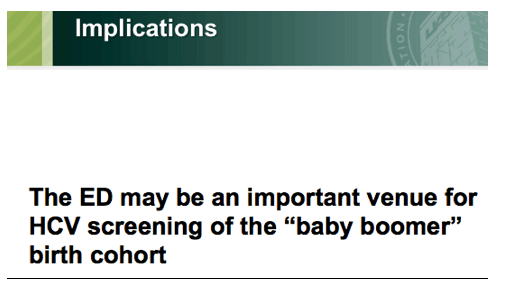
NHANES data further supports this idea, revealing that uninsured HCV+ individuals trended more likely to use the hospital emergency room than any other type of health care venue
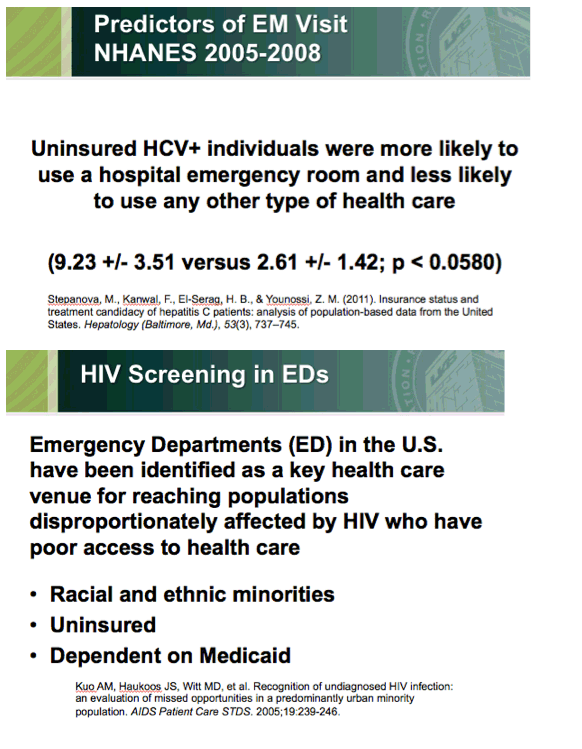
|
| |
|
 |
 |
|
|